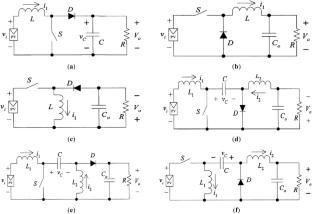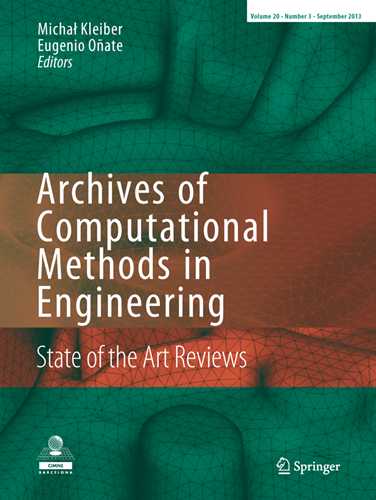Fuzzy Logic-Based Maximum Power Point Tracking Control for Photovoltaic Systems: A Review and Experimental Applications
Abstract
Maximum power point tracking (MPPT) is an essential technique used to extract the maximum power from a photovoltaic (PV) system. Fuzzy logic-based control is one of the popular methods used for MPPT because it provides excellent performance under varying environmental conditions. The world is now facing a challenge in terms of energy. Solar energy is a key to solve that issue, so it must be optimized. Among the MPPT optimization methods used to improve the photovoltaic modules efficiency, fuzzy logic control (FLC) seems to be the one that is really adapted. However, it has a lot of drawbacks like the complexity of implementation and its performance depends not only on the chosen error, but also on the established inference rules. To solve these problems this method has been modified in various ways. The present work makes a diversified review of MPPT algorithms using fuzzy logic control for PV applications. It is subdivided into three main parts. The first part deals with modified FLC algorithms. The second part deals with FLC algorithms associated with other classical algorithms and the third with MPPT algorithms associated with intelligent methods. The different works analyzed have tested their innovative approaches by simulation and have for the most part validated them by an. It can be noted that the third category is the one that offers a better increase in efficiency even if it has a higher complexity. The second category is more suitable for variable weather conditions and the first one is recommended especially for its very low cost. The suggested asymmetrical fuzzy logic-based MPPT technique uses an asymmetric membership function and a rule-based controller to improve the tracking accuracy and speed. The performance of the suggested technique was evaluated and compared with two existing MPPT techniques. The evaluation was conducted through simulations with MATLAB/Simulink. Overall, the results suggest that the proposed asymmetrical fuzzy logic-based MPPT technique is a promising approach for improving the speed and tracking accuracy MPPT in photovoltaic systems.


 求助内容:
求助内容: 应助结果提醒方式:
应助结果提醒方式:


